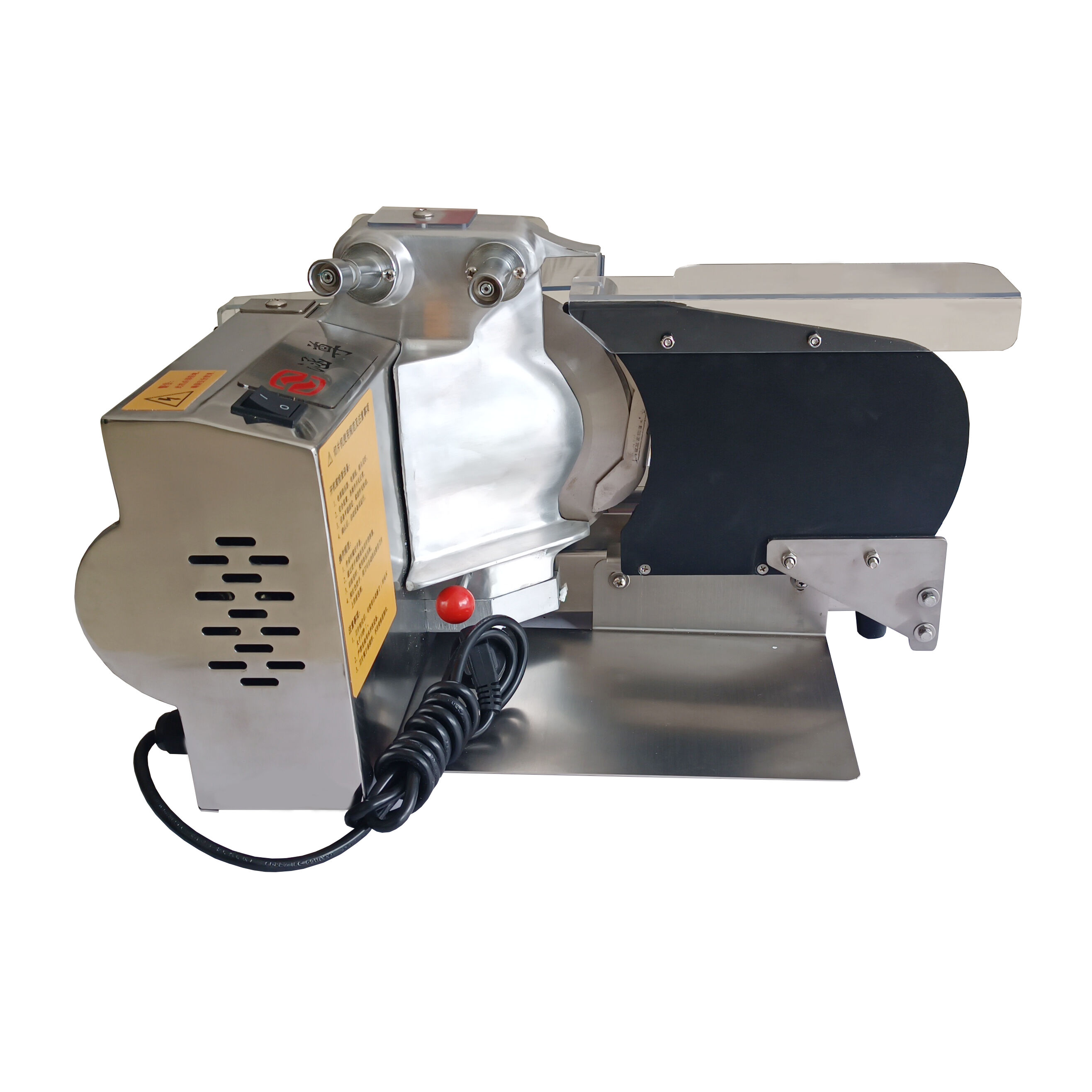slicer bread
A slicer bread, also known as a commercial bread slicer, is an essential piece of equipment designed to efficiently and precisely cut loaves of bread into uniform slices. This innovative machine combines precision engineering with user-friendly features to deliver consistent results in both commercial and residential settings. The device typically consists of a series of parallel blades, a bread guide system, and safety mechanisms that ensure proper operation. Modern bread slicers incorporate adjustable thickness settings, allowing users to customize slice sizes according to specific requirements, ranging from thin sandwich slices to thick Texas-style cuts. The machine's framework is usually constructed from high-grade stainless steel, ensuring durability and ease of cleaning, while the cutting blades are crafted from hardened steel for long-lasting sharpness. Advanced models feature automated feeding systems, slice thickness indicators, and ergonomic design elements that enhance operational efficiency. These machines can handle various bread types, from soft sandwich loaves to crusty artisanal breads, maintaining consistent slice quality regardless of the bread's texture or size.


